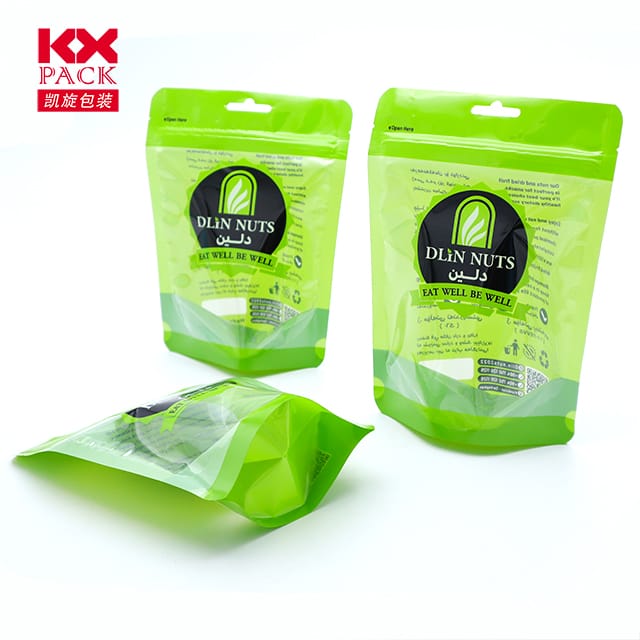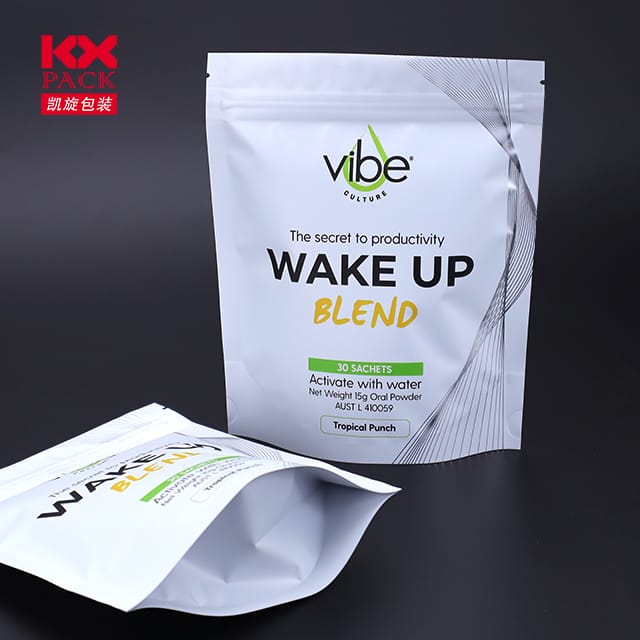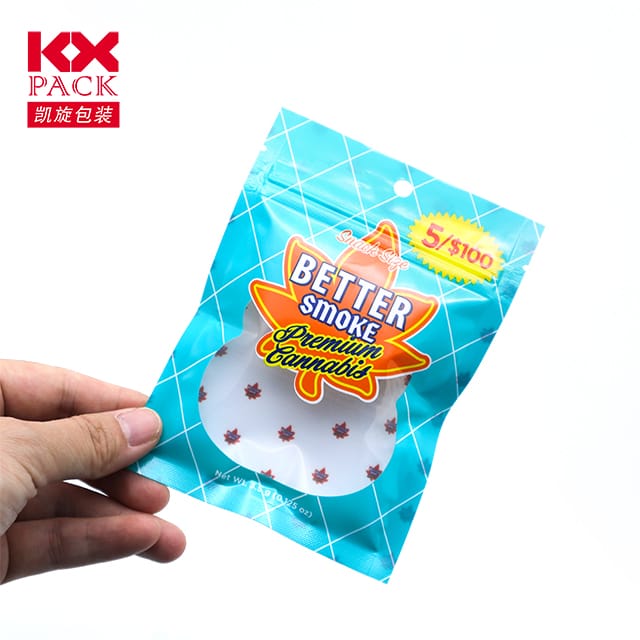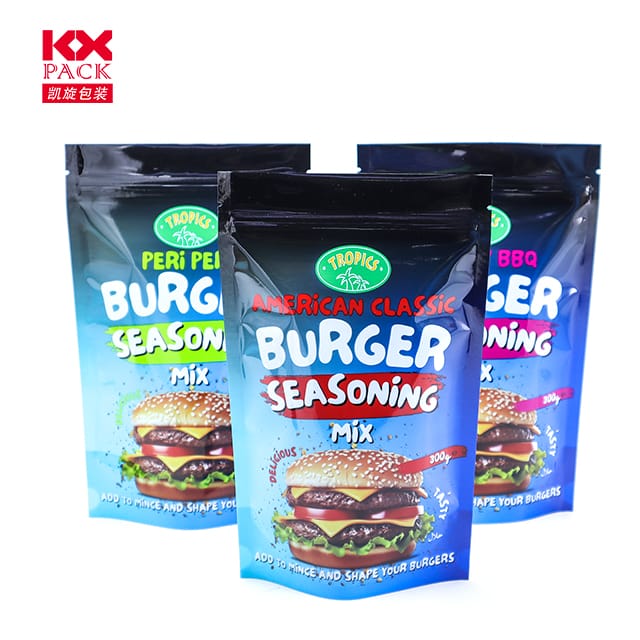Laminētu filmu loma pārtikas iepakojuma revolucionārijā (3)
Laminated Films
In the ever-evolving landscape of food packaging, laminated films have emerged as a game-changer, Piedāvājot harmonisku funkcionalitātes sajaukumu, ilgtspējība, un estētiskā pievilcība. Šie daudzslāņu polimēru materiāli ir izstrādāti, lai aizsargātu pārtikas produktus, vienlaikus izpildot mūsdienu patērētāju un normatīvo standartu prasības. Let’s delve into why laminated films are a cornerstone of the food packaging industry.
What Are Laminated Films?
Laminated films are composite materials created by bonding two or more layers of different polymers (Piem., PET, PE, PP, PA, or aluminum foil) using adhesives or co-extrusion. This layering allows manufacturers to tailor properties like:
- Barrier protection: Blocking moisture, skābeklis, gaismas, and odors.
- Mechanical strength: Withstanding punctures, tears, and temperature fluctuations.
- Sealability: Ensuring airtight closures for extended freshness.
- Izdrukīgums: High-quality graphics for branding and consumer engagement.
Key Advantages in Food Packaging
- Enhanced Shelf Life
By creating a barrier against external elements, laminated films significantly extend the freshness of perishables like meats, cheeses, and snacks. Piemēram, a PET/Aluminum/PE laminate can block up to 99% of oxygen, preventing oxidation and microbial growth. - Versatility Across Applications
- Flexible packaging: Pouches, sachets, and flow wraps for snacks, coffee, and pet food.
- Rigid containers: Lids and trays for ready meals or dairy products.
- Specialized uses: Microwaveable bags, retort pouches for sterilized foods, and vacuum-packed goods.
- Sustainability Push
Modern laminated films are increasingly designed with recyclability and compostability in mind. Innovations include:- Mono-material structures: Simplifying recycling streams.
- Bio-based polymers: Derived from renewable sources like corn starch or sugarcane.
- Reduced thickness: Lightweighting to lower carbon footprints without compromising performance.
- Brand Differentiation
The smooth surface of laminated films allows for vibrant printing, matte finishes, or holographic effects, enabling brands to stand out on crowded shelves.
Addressing Environmental Concerns
While traditional multi-material laminates were criticized for recyclability challenges, the industry is rapidly adapting:
- Advanced sorting technologies: Optical sorters and chemical recyclers can now separate layers.
- Circular economy models: Partnerships between brands and recyclers to capture post-consumer waste.
- Apliecība: Compliance with standards like FSC™ (for paper-based laminates) vai OK Compost (for biodegradable options).
Nākotnes tendences
- Viedā iepakojuma integrācija
Laminates embedded with sensors or QR codes could monitor freshness or trace product origins in real time. - Nano-enhanced Barriers
Incorporating nanomaterials to improve gas barrier properties while reducing overall film thickness. - Closed-loop Systems
Collaborations across the value chain to ensure laminated films are reused or recycled into new packaging.
Secinājums
Laminated films are far more than just protective layers—they are dynamic solutions that balance performance, ilgtspējība, and consumer appeal. Tā kā tehnoloģija attīstās, these materials will continue to evolve, driving innovation in food preservation and environmental stewardship. For brands seeking to elevate their packaging strategy, exploring the potential of modern laminated films is not just an option—it’s a necessity.
🔗Learn more about sustainable packaging trends in our latest report: [Link to a hypothetical industry report].
What innovations in food packaging excite you the most? Share your thoughts below! 👇






